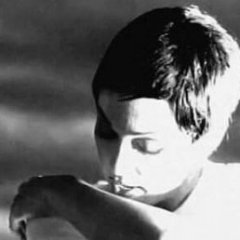'Truth or Dare' Rolling Stone magazine amazing review!!!
-
Recent Activity
-
- 1,771 replies
- 85,149 views
-
- 2,427 replies
- 76,481 views
-
- 9 replies
- 237 views
-
- 905 replies
- 64,165 views
-
- 87 replies
- 15,683 views
-
- 12,623 replies
- 1,386,651 views
-
- 18 replies
- 349 views
-
- 13,634 replies
- 916,117 views
-
-
Recently Browsing 0 members
No registered users viewing this page.








Recommended Posts
Join the conversation
You can post now and register later. If you have an account, sign in now to post with your account.